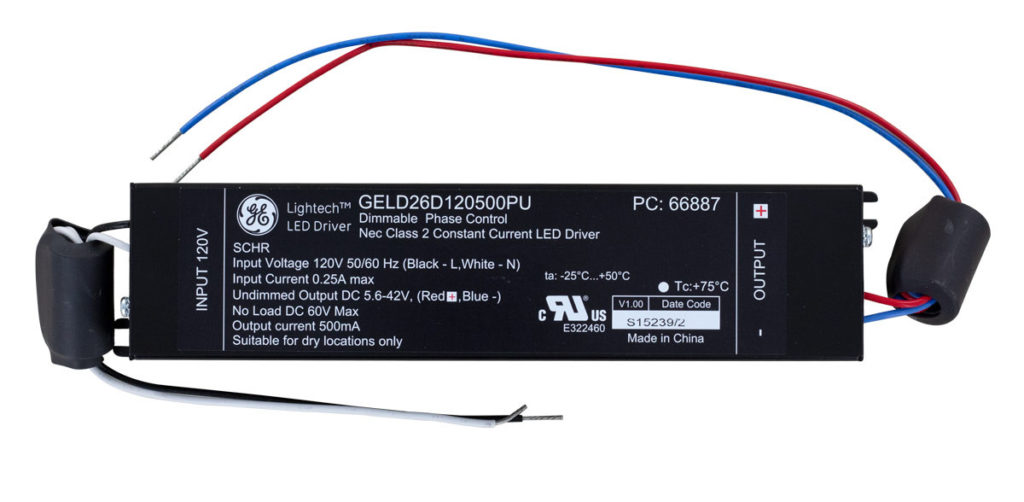Unveiling the Truth: Do LED Lights Burn Out? February 3, 2023 – Posted in: General Info, Lighting Information

Table of Contents
Energy efficient LED lights have taken the world by storm in the last decade and they’re becoming more and more popular due to their clear cut benefits. One of the main advantages is lasting longer than traditional bulbs, and providing a greater quality of light. But one question still persists on people’s mind:
Do LED lights burn out?
The answer is yes, LED lights do burn out eventually. However, they don’t burn out in the same way that traditional bulbs do. Incandescent and halide bulbs will suddenly stop working when they reach the end of their life cycle, sometimes in a violent fashion, while LED lights gradually lose brightness until they finally degrade fully.
This means that you won’t have to worry about them suddenly burning out unless it’s caused by other reasons. In general though, you won’t have to worry as LED products last up to fifty times longer than a traditional incandescent bulb!
How Long Do LED Bulbs Really Last?

The average life expectancy for an LED bulb is approximately 50,000 hours before significant degradation occurs – meaning if you typically use your lights 8 hours a day then you could expect it to last just over 17 years before needing replacement. Of course, longevity varies depending on usage patterns and environmental conditions too so keep this in mind as well.
How is LED lifespan measured?
The lifespan of an LED is typically measured using the “L70 method”. This means that the lifetime of an LED is measured in operating hours until its output falls to 70% of its original level using lumen maintenance.
The very best LEDs may even last 100,000 hours or more. By comparison, an incandescent light bulb will usually only last around 1,000−2,000 hours. This is why it’s important to get slightly higher lumen output for your space as the brightness will decrease over time.
Temperature Affects LED Lifespan

Temperature plays a critical role in the longevity of LED lighting. LEDs tend to be sensitive to their environment and the heat generated or dissipated by outside sources can manifest itself in unexpected ways when it comes to LED lifespans. This is why it’s important to have good heat sinks on high power fixtures so you don’t literally cause the LED lights to burn out.
When exposed to hotter temperatures, LEDs will produce less light and have a considerably shorter life span. This is due to them using more energy while releasing too much heat on their conductors. On the other hand, cooler temperatures can cause increased light production, but also have an effect on the durability of an LED, as lower temperatures can worsen solder points and heatsinks that result in flickering or reduced functionality.
Light Fixture And Light Bulb Quality Matters For Lifespan

The quality of the lighting you purchase can heavily affect the lifespan. Low-quality LED bulbs may not last as long as higher-quality ones, and they’re typically more prone to failure. These subpar LEDs may be manufactured using cheaper components that are less efficient. Quality components such as integrated circuits, profiled reflectors, and high-grade plastic housings are important for ensuring the longevity of an LED bulb.
In addition, LEDs are pretty sensitive to factors such as voltage fluctuation, temperature, and humidity. If these conditions fluctuate too often, there can be damaging effects on the life of an LED bulb causing bunt out. For integrated LED fixtures to have optimum performance it is important to power the LED with good electronic ballasts or drivers (like Philips, LiFud, Meanwell).
How can I extend the LED lifespan?
Extending the lifespan of an LED diode is possible with a few simple techniques. First, make sure that you are providing the LED light with enough cooling by using an appropriate heat sink or airflow. Avoid circumstances where the LED is exposed to electric or magnetic fields that may cause it to prematurely fail. Also, if a circuit is being used, make sure to avoid overvoltage and intense surges of current. Finally, as most LED’s continually dim over time – take extra care to provide only the necessary voltage needed for full illumination.
LED Drivers Burn Out First

LED ballasts can fail in as little as three to five years, this leads to a complete LED light fixture getting prematurely replaced when all that was needed was a simple LED ballast replacement. More and more customers are experiencing early failure of their LED light fixtures due to failing ballasts, especially when purchasing low quality lighting. To combat this issue, many quality suppliers have extended their warranties on their products to provide peace of mind to their customers.
Can you leave LED lights on 24/7?
Yes, LED lighting can be left on 24/7 but it’s generally not recommended to leave them on for extended periods of time as it will reduce the lifespan of the LED. That’s why it’s important to turn off your lights from time to time.
Why did my LED lights burn out so quickly?
LED lights are designed to last for a long time, so it’s normal to be frustrated when they don’t seem to survive as long as you’d expect. Several factors can cause LED lighting to burn out quickly, from improper wattage and voltage to environmental conditions that can cause corrosion and overheating.
Loose wire connections or incorrect wiring can also lead to premature failure in some cases too. Finally, if the manufacturer used low-grade components, then the LEDs will not have been made with longevity in mind and will likely die much quicker than expected.
How Long Do LED Lights Last In Years?
If you never turned off you power, it would last approximately 5.7 years. For 8 hours a day usage, it’s approximately 17.1 years.
I have been the project manager for Modern.Place since early 2016, spending three of those years working overseas on the manufacturing & procurement side of the LED lighting industry. Constantly learning and passing on knowledge to others while excited for what the lighting industry will involve into next.

